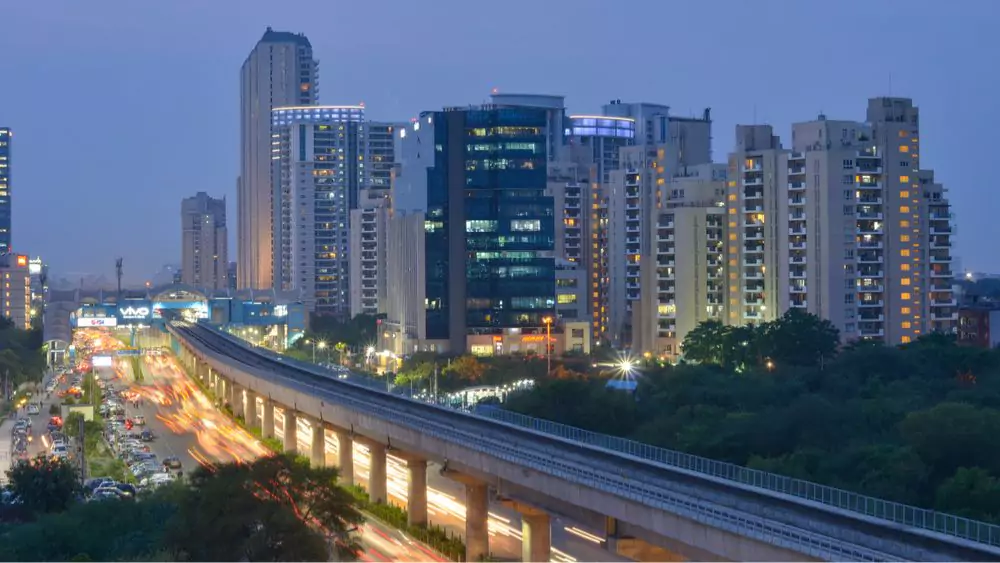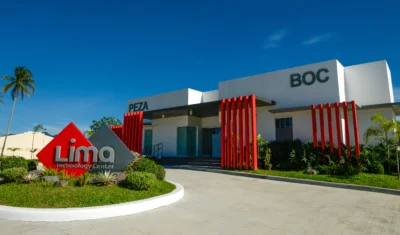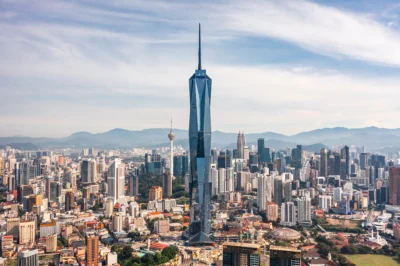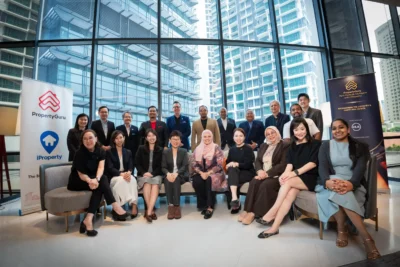Residential property prices in India’s Gurgaon spike, and other reports

For PropertyGuru’s real estate news roundup, property prices in Gurgaon, India have seen a tremendous rise since the pandemic. In other news, the 2024 Hong Kong Policy Address outlines a comprehensive strategy to enhance the city’s long-term competitiveness through various initiatives. Lastly, today’s most progressive organisations are moving away from headcount and seat count to prioritise metrics which reflect broader business outcomes that cater for peak occupancy and average daily usage.
India: Gurgaon residential properties see huge spike in prices post-pandemic, circle rates go up by 350 percent
Over the last 15 months, real estate company DLF has sold out three residential projects in Gurgaon for Rs 20,000 crore (INR2 billion). Each unit was sold in the range of Rs 6 crore to Rs 8 crore, within three to seven days of the pre-launch of the projects. Next in its sights is a super-luxury project, which will be formally launched next year, with a flat going for Rs 70 crore.
The reason: Property prices in Gurgaon have seen a tremendous rise since the COVID-19 pandemic. Aided by various infrastructure projects, like the Dwarka expressway and the expansion of the Metro network, realty firms are witnessing a spike in the sale of properties.
The Indian Express reports that over the last five years, Gurgaon’s residential areas in Wazirabad tehsil like Aralias have seen a 350 percent hike in circle rate.
2024 Hong Kong Policy Address presents initiatives for real estate demand – CBRE
The 2024 Hong Kong Policy Address outlines a comprehensive strategy to enhance the city’s long-term competitiveness through various initiatives.
Marcos Chan, Head of Research, CBRE Hong Kong, said in RETalk Asia: “Overall, this is a comprehensive Policy Address, with lots of policy initiatives to strengthen Hong Kong’s long-term competitiveness, including but not limited to plans to broaden Hong Kong’s industry base, enrich the city’s talent pool, and improve the city’s overall attractiveness and liveability. While there are not many direct policy initiatives to boost the demand for commercial real estate, there are plans and thoughts to indirectly benefit the sector.
Various committees and working groups being set up will help accelerate the future development of the Education, I&T, Inbound Tourism, and Elderly Care industries; it will also speed up the development of Hong Kong’s low-altitude economy and strengthen Hong Kong’s long-term competitiveness.
The setup of international commodity exchange and introducing measures to promote preferential tax regime for commodity trades in Hong Kong will support the demand for specialised warehouses and affiliated offices in Hong Kong.”
Evolving APAC office real estate: from cost to data-driven optimisation
Since the pandemic, office attendance and work patterns have varied dramatically between occupiers, cities, and nations in this region. However, the goal remains the same: getting the most out of the workplace.
Historically, real estate was managed with a simple focus on cost per square foot. However, today’s most progressive organisations are prioritising metrics which reflect broader business outcomes. We are moving away from headcount and seat count, to be able to cater for peak occupancy and average daily usage. Occupiers recognise that their real estate portfolio is a tool to boost their business, not just a cost.
According to Savills, companies which have invested in more progressive methods of measuring and analysing occupancy data have been able to move much more swiftly than those still relying on surveys and occupancy analysis. Today, companies are more willing to release the investment needed, due to the increased focus on attendance and productivity.
New tools and cloud-based architecture allow companies to measure occupancy and employee engagement in real time, rather than relying on intermittent surveys. Sensors have been in the workplace for years, but what has been missing is the ability to pull the information together in real time and combine it with portfolio-level metrics.
The goal of these sensors and connected technologies is data-driven real estate optimisation, where organisations can track real-time occupancy, driving more informed decisions about space usage.
Such technologies are particularly useful to occupiers in Asia Pacific, where many markets traditionally have shorter lease terms. The financial commitments are shorter and the feedback loop is smaller so end-users can adjust their portfolios faster.
The Property Report editors wrote this article. For more information, email: [email protected].
Recommended
6 reasons Bekasi is rising as Greater Jakarta’s next hotspot
One of Greater Jakarta’s rising stars is prospering, thanks to ample recreation and a contingent of desirable housing projects
6 developments driving Asia’s green real estate shift
Developers are being incentivised to push a green agenda into daring new realms
The Philippines’ LIMA Estate drives sustainable industrial growth
LIMA Estate models a citywide vision that uplifts workers while appealing to climate-conscious employers
Malaysia property market rebounds with foreign interest and growth
The nation’s property market is stirring to life, fuelled by foreign buyers and major infrastructure drives







